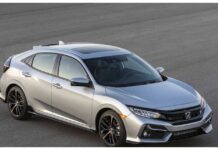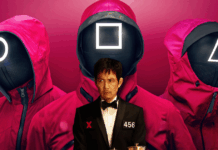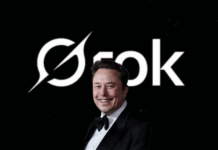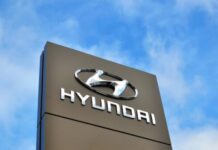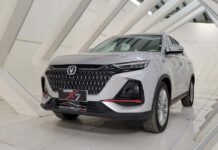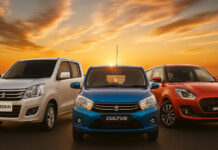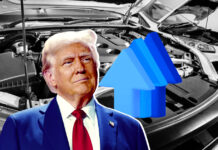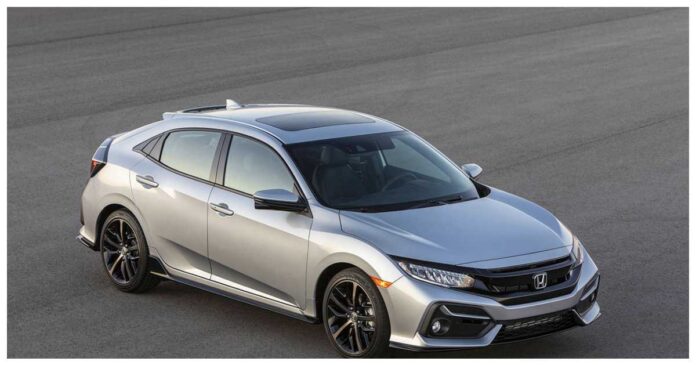What does traffic look like at 7 PM on a weekday in Pakistan’s metropolitan cities?
The typical main road in Lahore at rush hour sees throngs of cars with countless scattered motorcycles and rickshaws fighting to switch lanes.
In recent years, old models of automobiles have persisted. While newer versions are seldom seen on the streets due to high prices.
Buying a new Honda Civic was traditionally beyond the means of the average middle-class family in Pakistan. However, the recent price hikes have made the purchase a pipe dream for even the wealthiest.
Honda Car Prices in Pakistan Have Hiked
The prices for Honda’s latest automobiles have been revised, effective immediately from July 1, 2025, as per the policies implemented via the Federal Budget for FY 2025/26.
The primary catalyst for the revision of prices was the introduction of the New Energy Vehicle (NEV) levy, as part of the federal budget, which has made automobiles more expensive.
The government introduced the NEV tax to encourage potential car buyers to switch to electric and hybrid vehicles. For long-term environmental sustainability and protection.
Increasing the price of vehicles that run on internal combustion engines, i.e., ICE vehicles. This will demotivate users from purchasing such automobiles and consider a shift to greener mobility.
Customers can expect price hikes ranging from PKR 47,000 to PKR 201,000 on various models. The Honda City 1.2 MT will now be sold for PKR 4,696,000, a jump of 41,000 from its previous price.
Potential car-buyers can purchase the Honda Civic Turbo RS for PKR 10,100,000, a massive increase of 201,000. Other models lie within the aforementioned range.
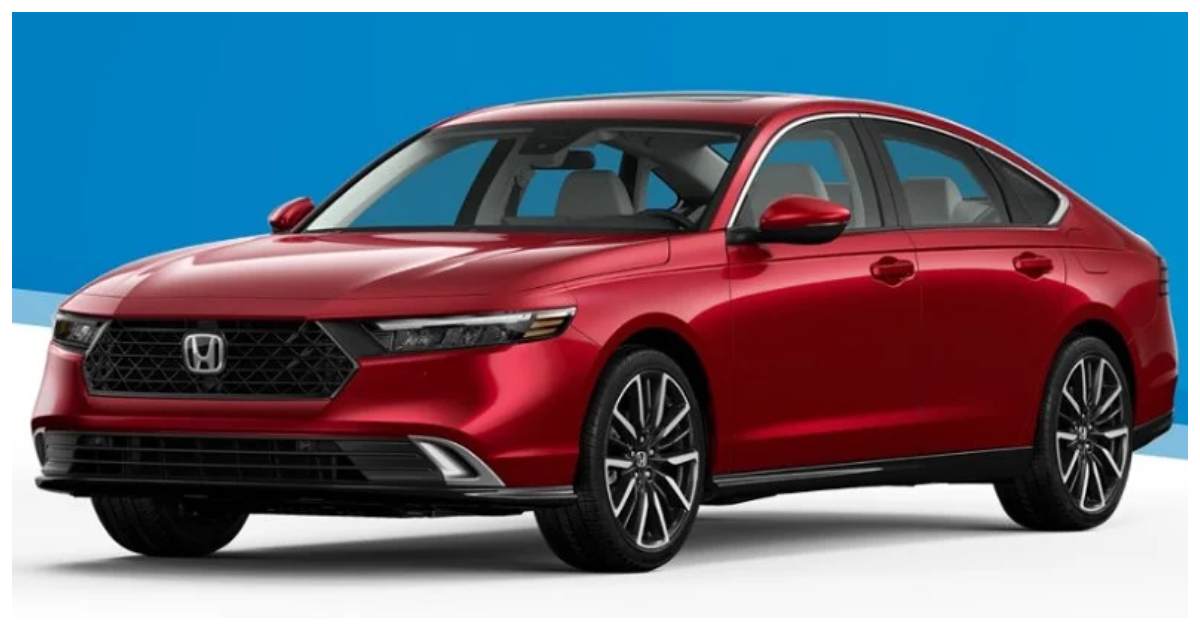
The Government is Forcing Consumers To Make Difficult Choices
The NEV levy, intended as an environmental nudge, has added considerable cost to new ICE vehicles in Pakistan. Honda Atlas, along with other automakers, has formalised these changes starting this month.
For consumers, this signals both a price increase and a broader systemic shift toward greener mobility, even as ICE vehicles remain dominant for now.
This puts consumers in an interesting position. At one end of the spectrum, a sustainable environment is in everyone’s interest, but the hybrid automobile industry still has a long way to go. Until then, they have no choice but to use the ICE vehicles.
Stay tuned to Brandsynario for further updates





